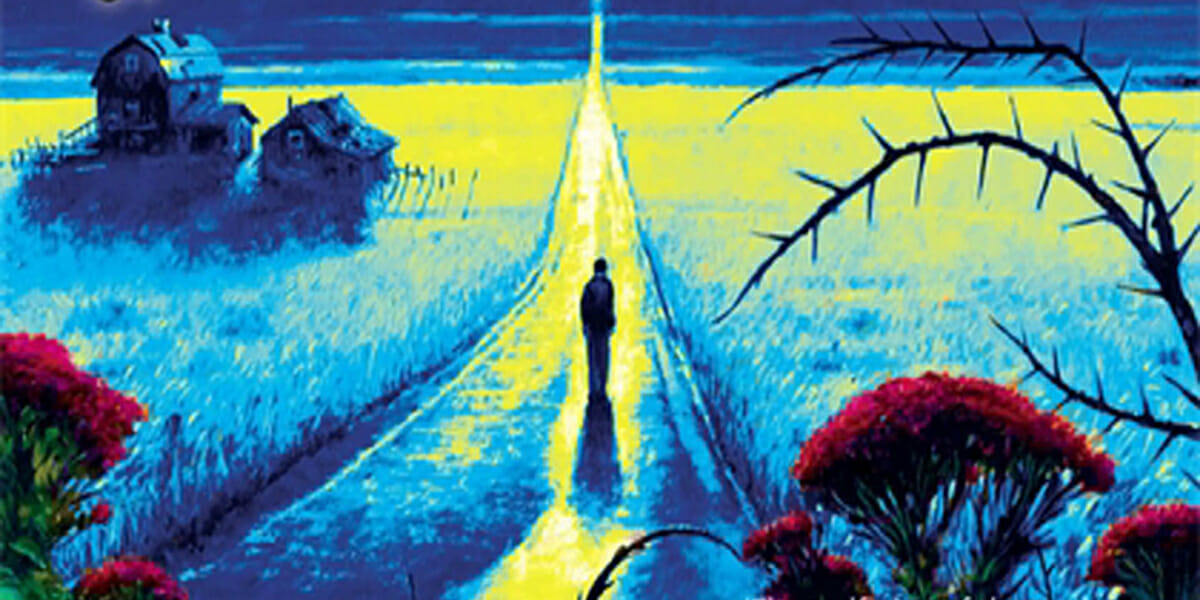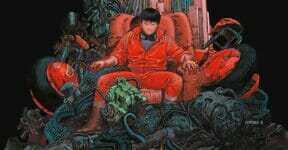The Native American tribe of Yahi had lived in the depths of the Sierra Nevada Mountains for thousands of years before the California Genocide took place. Within a period between 1846 and 1873, it is estimated that more than 16,000 natives fell victim to the atrocities of their non-native counterparts. Fast forward to 1911, some butchers at a slaughterhouse in Oroville, California bumped into a Native American man, seemingly starving, inside a corral. Emerging from the mountains near the city, the unidentified man was known to be the last surviving member of the Yahi people. Find out about Earth Abides here!

Alfred Louis Kroeber, a professor at the Department of Anthropology at the University of California, Berkely, read about the man and brought him to the university’s Museum of Anthropology. Professor Kroeber later named the man “Ishi” and let him stay in the facility. In fact, Ishi worked there as a research assistant under the professor’s auspices. Having lived most of his entire life totally off-grid, Ishi was introduced to modern American civilization at the age of 49. He died in 1916 from (then uncurable) tuberculosis, just about five years after his encounter with the new world culture.
The true story of Ishi inspired George R. Stewart to write what would become his most celebrated literary work, Earth Abides. Stewart himself was a professor of English at the University of California, Berkely from 1923 to his death in 1980, which made him one of Kroeber’s faculty colleagues. In 1951, the novel won the International Fantasy Award. According to the Berkeley e-Plaques, Stewart went on to write 16 more books following the huge success of Earth Abides—for a total of 28 written works in various forms, including histories and novels.
Post-Apocalyptic Story
One of the major recurring themes in Earth Abides is human civilization and how its most recognizable traits like religion, education, justice, and technology work, or don’t. While the novel touches plenty of subtopics, from loneliness and superstition to family life and culture, it is easily recognizable as a post-apocalyptic story. Translated into 20 different languages and never out of print anywhere, Earth Abides is said to be the foundation of Stephen King’s The Stand.
The story follows the journey of Isherwood Williams during his time as a graduate student in the middle of fieldwork in Sierra Nevada. Bitten by a rattlesnake, he is forced to prolong his stay and isolation from the outside world. Although he hasn’t gone off-grid for a particularly long period, “Ish” knows that something big and terrible is happening to the United States, the world, and the entire human population. Based on a report from an old newspaper, he learns that an unknown disease has spread at an unprecedented rapidity and killed everyone in its path. He doesn’t even know if any of his family survives the disease. Now he is alone in a big quiet world.
Humans are scarce. The power grid and fresh water supply have not yet entirely stopped working, although they eventually will. Canned foods are still everywhere, giving him a chance to go to the east coast and assess the situation before all parts of modern society start to disappear. Ish discovers that some people survive thanks to their immunity against the disease.
Ish decides to return to California, where he meets a woman named Emma. The two agree to consider themselves a married couple and build a new family together. Several other adults come along, they have children, and soon enough the new community that Ish refers to as “The Tribe” begins to take shape. His youngest child, Joey, shows much interest in academic learning about the world before the epidemic. Ish thinks Joey is key to the future of humanity. As society grows, the remnants of modern civilization vanish just as quickly. Things take a turn from bad to worse when Joey dies from typhoid, and no other kid in The Tribe ever displays the same level of intelligence and curiosity as Joey.
The Tribe’s younger generation is more enthusiastic about the natural world. Children know where to get fresh water when the old supply runs out and make bows and arrows to hunt for food. Furthermore, people are growing more superstitious; the hammer that Ish habitually carries around is now regarded as a symbol of the long-gone Americans—some even think of it as an old god from the old world. They also believe that specific-colored arrows are more effective than others to kill certain animals. Driven by despair, Ish no longer cares much about the new society he helped build decades ago. Every once in a while, when he comes to his senses, Ish realizes how the old modern civilization has been completely replaced by the new primitive one. At the end of his life, Ish is somewhat forced into taking on superstition and passes the “hammer of the god” onto his grandson, Jack.
We think that reading Earth Abides in modern times is a reminder of how fortunate our modern society is. Unlike today’s grandparents and the generation before them, no one in the civilized world ever has to face grave danger from smallpox, typhoid fever, polio, or the Spanish flu. Yes, there are more diseases in recent times but in general, nothing has ever truly posed a serious threat to the human population. Each time a mysterious illness comes to the surface, the world has the technology to devise a method to overcome and survive.
Other things you might want to know:
If the book is based on Ishi’s story, how is Ish compared to Ishi?
Isherwood “Ish” Williams is not exactly depicted as Ishi in the novel. However, one can comfortably say that the former is a mirror image of the latter. Ish is the last remaining American man, the last surviving member of his tribe, in a sense. Of course, children of The Tribe grow to become the first Native Americans now that the world’s population has undergone a restart point due to the epidemic.
Has the novel been adapted to other works?
Apart from The Stand, the only works known to have been directly inspired by Earth Abides include Track 15 of “A Winter’s Solstice III,” written by composer Philip Aaberg, originally intended as a track for a National Geographic Society’s documentary about Earth; and the song “Third Stone from the Sun” by Jimi Hendrix. It is said that EPIX, which has recently relaunched as MGM+, plans to produce a variety of new and original series, including one based on Earth Abides.
List of IFA-winning books:
It is not a long list since the IFA only lasted several years from 1951 – 1955 and then again in 1957:
| Year | Category | Winners | Author |
| 1951 | Fiction | Earth Abides | George R. Stewart |
| Non-fiction | The Conquest of Space | Willy Ley & Chesley Bonestell | |
| 1952 | Fiction | Fancies and Goodnights | John Collier |
| Non-fiction | The Exploration of Space | Arthur C. Clarke | |
| 1953 | Fiction | City | Clifford D. Simak |
| Non-fiction | Lands Beyond | L. Sprague de Camp & Willy Ley | |
| 1954 | Fiction | More Than Human | Theodore Sturgeon |
| 1955 | Fiction | A Mirror for Observers | Edgar Pangborn |
| 1957 | Fiction | The Lord of the Rings | J. R. R. Tolkien |
Check out other articles by month:







